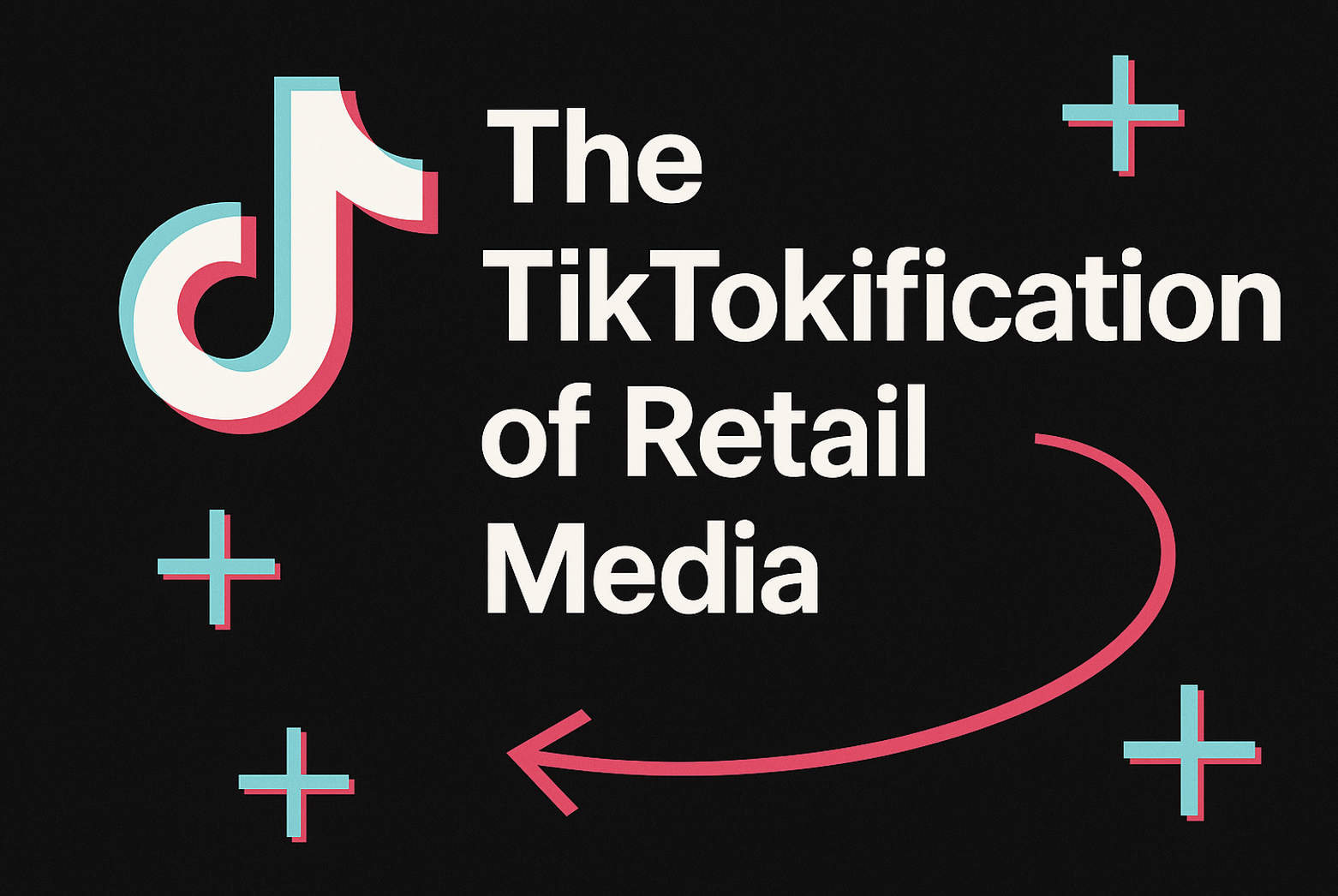A new vision for a digitally-connected future UK high street was unveiled this week.
The Digital High Street Advisory Board today announced a five-year strategy that sets out ambitions to connect town centres to mobile, broadband and wifi, while also improving digital skills, by 2020.
This comes alongside a Digital High Street 2020 Report that suggests high streets could generate billions of pounds in additional revenues by enabling shoppers to use the power of the internet on the high street.
“The digital revolution is arguably the most disruptive factor affecting our communities, but its effects are not often considered central to high street revitalisation,” said John Walden, chief executive of Argos owner the Home Retail Group and chairman of the Digital High Street Advisory Board. “Many members of UK town centres are struggling to keep up with consumers in terms of their digital capabilities, and given the pace of digital growth many towns lack sufficient infrastructure and basic digital skills. I believe that the business-oriented board has provided recommendations that, taken together, can restore our High Streets to vibrancy in a digital future, into 2020 and beyond.”
A High Street Digital Lab would provide the UK’s towns and high streets with skills training and centrally developed ready-to-use digital capabilities, while also underpinning a network of digital apprenticeships spanning the UK. A not-for-profit organisation, the lab will bring together existing technologies, digital applications, tools and training in order to provide a digital services platform that each community in the UK can tap into. Each will access the platform through a local portal or marketplace under TheGreatBritishHighStreet.co.uk consumer brand. The local marketplaces will be operated by local digital apprentices.
Meanwhile, the success of the project will be measured and driven through the UK High Street Digital Health Index.
Out-of-town shopping centres can appear more attractive than high streets because of free and easy parking, says the report, which suggests new solutions in retailing, logistics and traffic management are now needed so towns and cities can bring new life to their high streets, using technological changes and solutions to bridge the online and offline and changing the way we shop.
The report calculates that more than £150bn of retail sales are now influenced by digital, and that retailers whose services don’t meet customers’ expectations could lose more than £12bn a year. Currently just over half of SMEs have a website while 33% of SMEs transact online, and 31% lack basic online skills. Meanwhile, some 60% of adults now use a mobile phone or tablet to access the internet as they move around, suggests the report.
Digital technology, it estimates, could unlock £18.8bn of revenue for SMEs while reducing costs by up to 20%.
Helen Dickinson, director general of the British Retail Consortium said: “British high streets have weathered sweeping changes in society, economic cycles, property development and retail expansion, and the seismic impact of digital technology on communications, entertainment and commerce. Our communities have survived these changes to varying degrees but while what makes a successful high street has not fundamentally changed, the ability to achieve wider future success is now absolutely dependent on embracing the impact of digital and the recommendations of this report provide a strategy to do just that.”
Peter Fitzgerald, director, Google UK , said: “Today, the vast majority of UK shoppers research online before they buy from a store. This means that every business is a digital business because every consumer is a digital consumer. We hope that this report will be a first step towards improving digital access and expertise among small businesses and help them grow faster and reach more customers.”
Hear more from the key players in the initiative here:
https://www.youtube.com/embed/eKUTV9NJGEk
Our view: This retail-led initiative is just what’s needed. For while individual retailers such as Argos have brought digital firmly into their stores, the trickle-down effect hasn’t yet reached many high streets. BRC figures show shoppers moving away from those high streets towards out-of-town shopping centres where parking and click-and-collect are just easier. But the wellbeing of high streets is important for our communities and everyday lives: people still want to be able to walk round the corner to access retail services that may disappear if they’re not used. Enabling the public to tap into digital services from our high streets is a good move towards the long-term health of our cities.








